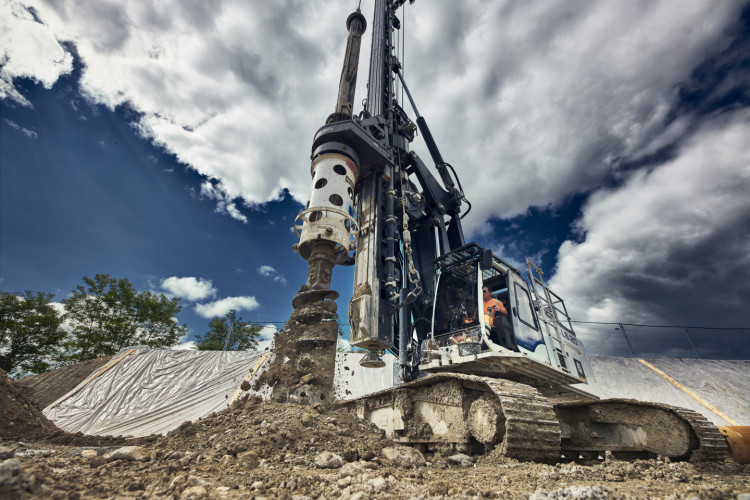CERN - the European Organization for Nuclear Research – is a base for physicists and engineers probing the fundamental structure of the universe.
A 27km underground ring tunnel houses the LHC particle accelerator, where bunches of protons travel at almost the speed of light and collide at four interaction points. These collisions generate new particles, which are measured by detectors. Physicists from all over the world analyse the collisions, seeking to deepen understanding of the laws of nature.
The civil works that have begun at CERN’s Atlas and CMS sites involve the construction of new underground structures for the upgrade, called the High-Luminosity LHC (HL-LHC). The work at the sites in Switzerland and in France includes the construction of new buildings, shafts, caverns and underground galleries. Tunnels and underground halls will house new cryogenic equipment, the electrical power supply systems and various items of plant for electricity, cooling and ventilation.
The new developments, which are due for completion by 2026, will improve the performance of the LHC by increasing the number of collisions in the large experiments and thus boosting the probability of the discovery of new physics phenomena.

The LHC is able to produce up to a billion proton-proton collisions per second; the HL-LHC will increase this number - referred to by physicists as ‘luminosity’, by a factor of between five and seven. This will allow about 10 times more data to be accumulated between 2026 and 2036, enabling physicists to investigate rare phenomena and make more accurate measurements.
For example, the LHC allowed physicists to unearth the Higgs boson in 2012, thereby making great progress in understanding how particles acquire their mass. “The High-Luminosity LHC will extend the LHC’s reach beyond its initial mission, bringing new opportunities for discovery, measuring the properties of particles such as the Higgs boson with greater precision, and exploring the fundamental constituents of the universe ever more profoundly,” said CERN director-general Fabiola Gianotti.
The HL-LHC project started as an international endeavour involving 29 institutes from 13 countries. It began in November 2011 and two years later was identified as one of the main priorities of the European Strategy for Particle Physics, before the project was formally approved by the CERN Council in June 2016. After successful prototyping, new hardware elements will be constructed and installed in the years to come. Overall, more than 1.2 km of the current machine will need to be replaced with many new high-technology components such as magnets, collimators and radiofrequency cavities.
During the civil engineering work, the LHC will continue to operate, with two long technical stop periods that will allow preparations and installations to be made for high luminosity alongside yearly regular maintenance activities.
Got a story? Email news@theconstructionindex.co.uk
.png)


